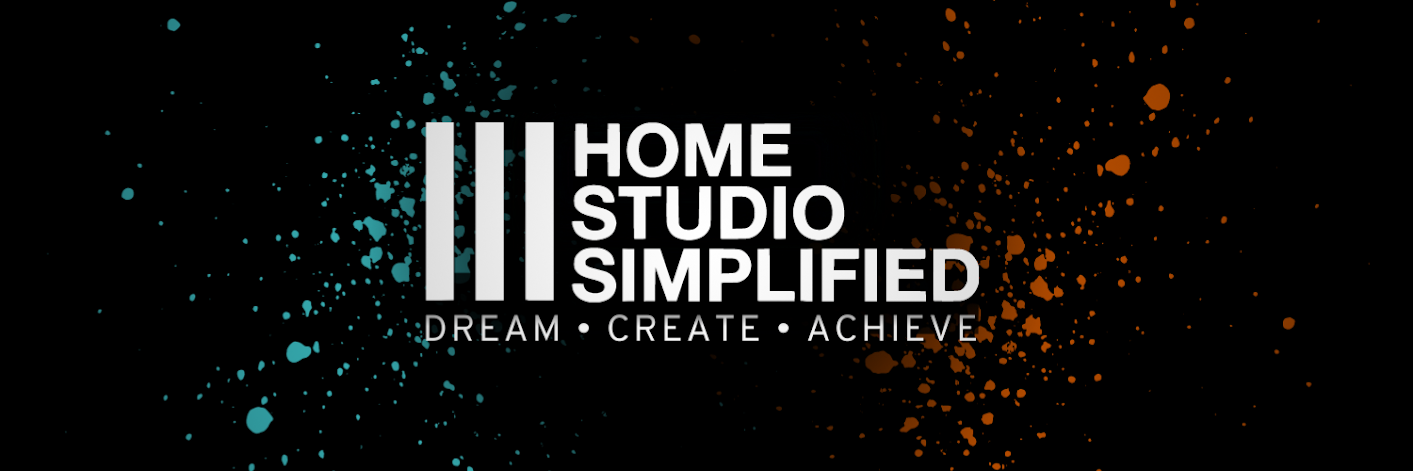In this video I talk a little about what Phase is, and some simple ways to check for it. I also explain a real simple way to fix it on an acoustic guitar that has been recorded DI and mic'd simultaneously. This is by no means the definitive guide on Phase, and only covers a small area, but there are several sources out there that go so far in depth that they lose the element of simple. I like simple. Simple solutions, simple answers, and simple explanations, so I have left it as simple as I can for now. I may go more in depth later if the need arises but for now I hope this is helpful.
Note:
A number of instruments are routinely recorded both acoustically and electrically, simultaneously. For example, electric bass is often recorded via both a DI box and a miked amp, while an acoustic guitar's piezo pickup system might be recorded alongside the signal from a condenser mic placed in front of the instrument, in some situations. In such cases, the waveform of the DI or pickup recording will precede the miked signal because of the time it takes for sound to travel from the cabinet speaker or instrument to the mic. The resultant phase cancellation can easily wreck the recording.
A quick fix for this is to invert the polarity of one of the signals, and see if this provides a more usable tone. It's almost as easy to tweak the miking distance for more options if neither polarity setting works out. A better method, though, is to re-align the two signals in some way by delaying the DI or pickup channel, either using an effect unit during recording, or by shifting one of the recorded tracks after the fact using your sequencer's audio-editing tools.
Hope this helps.
Hope this helps.
